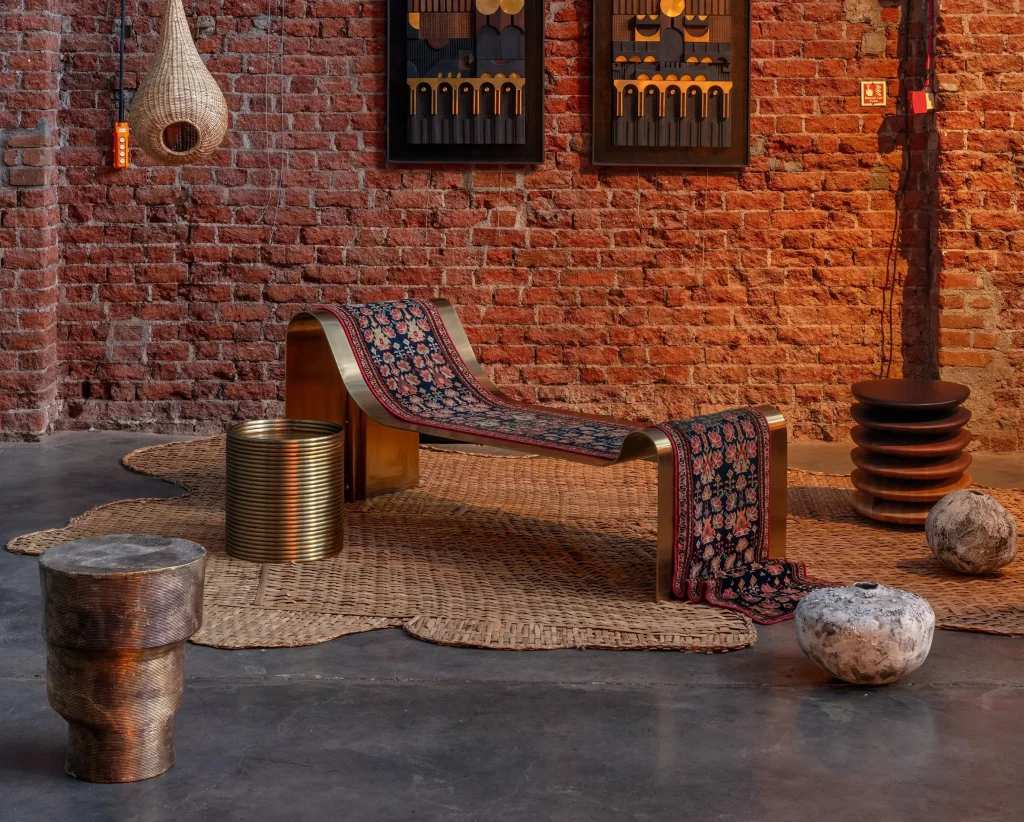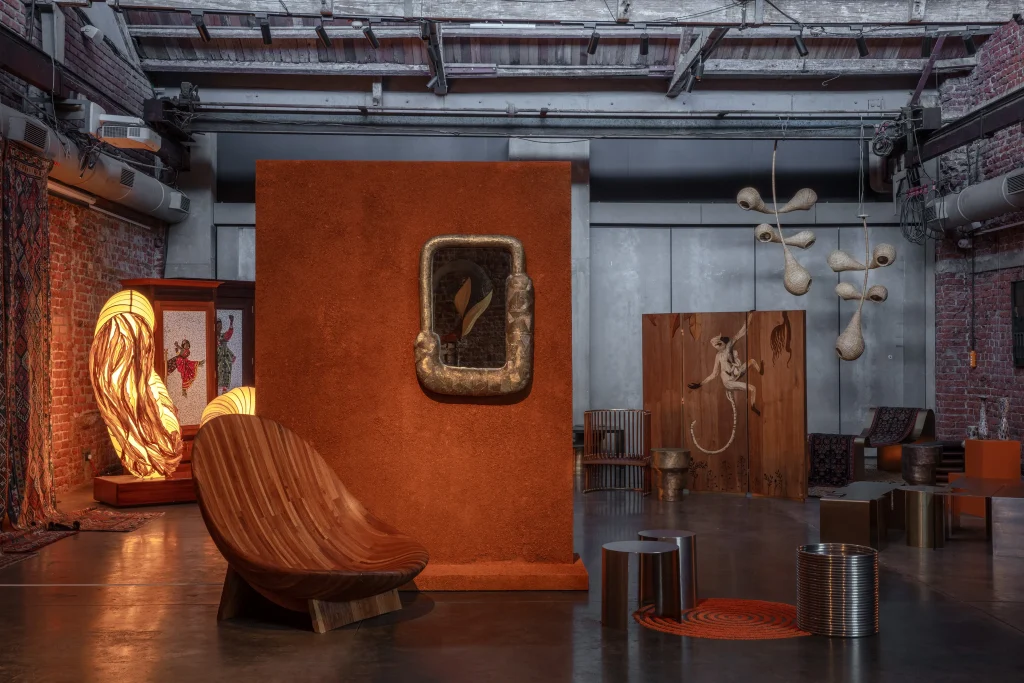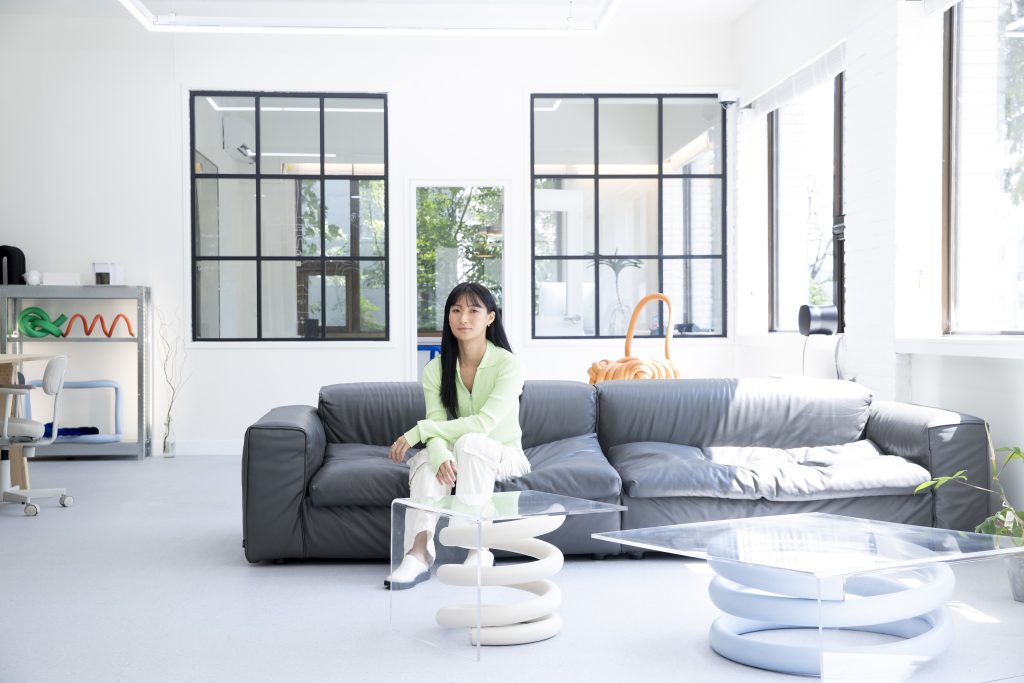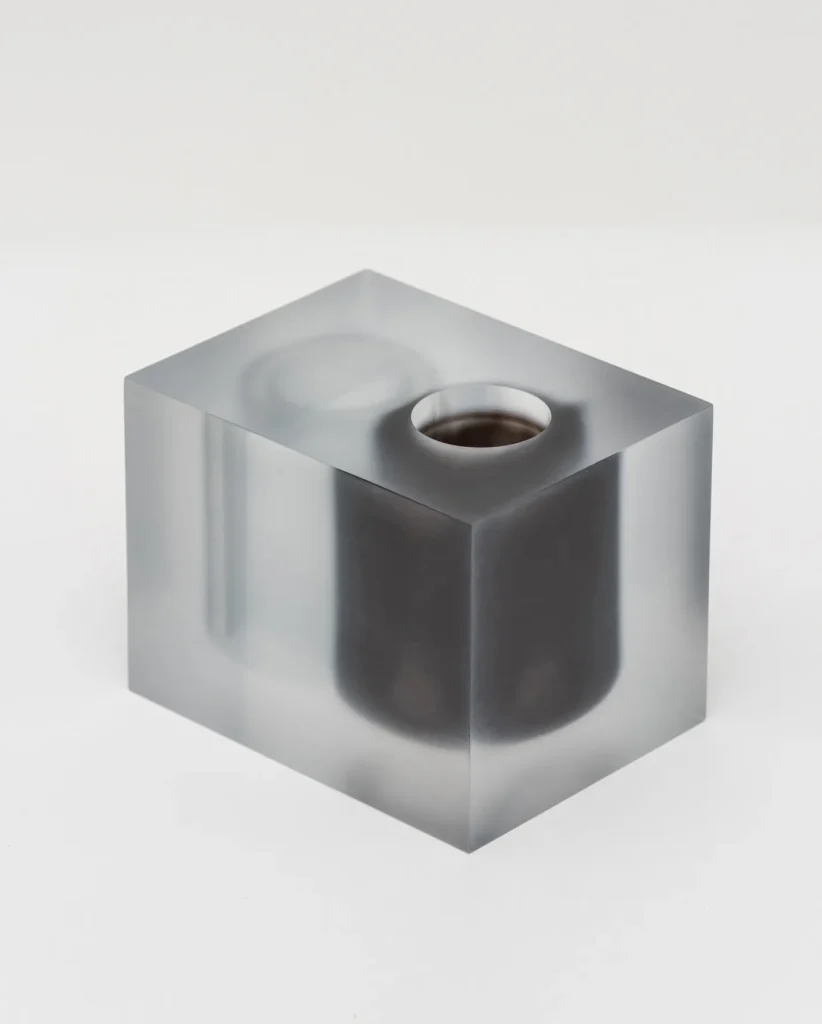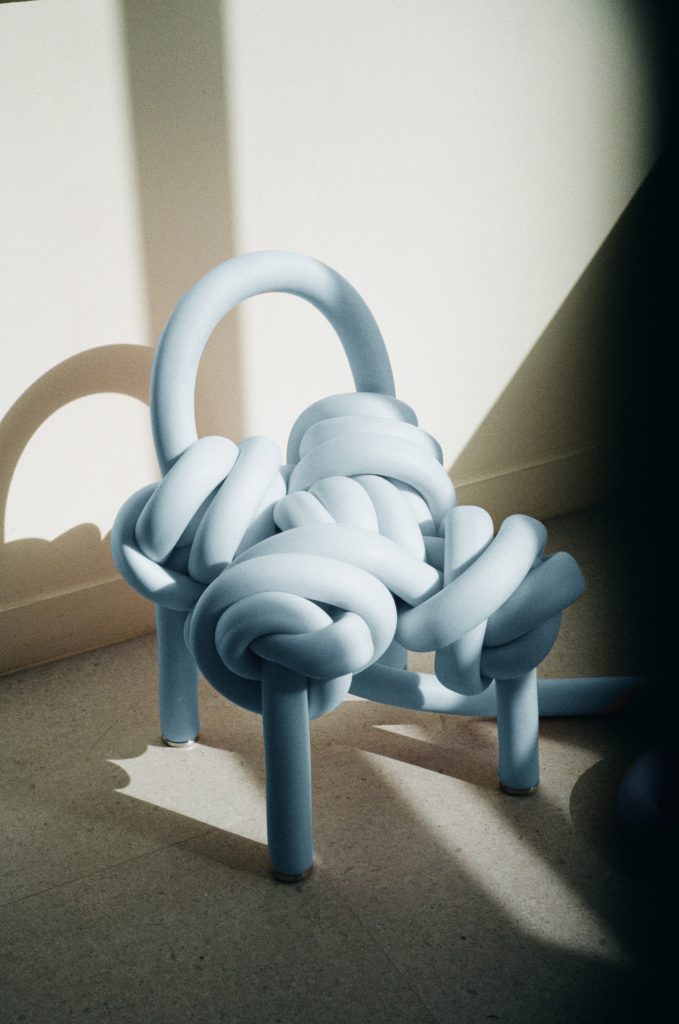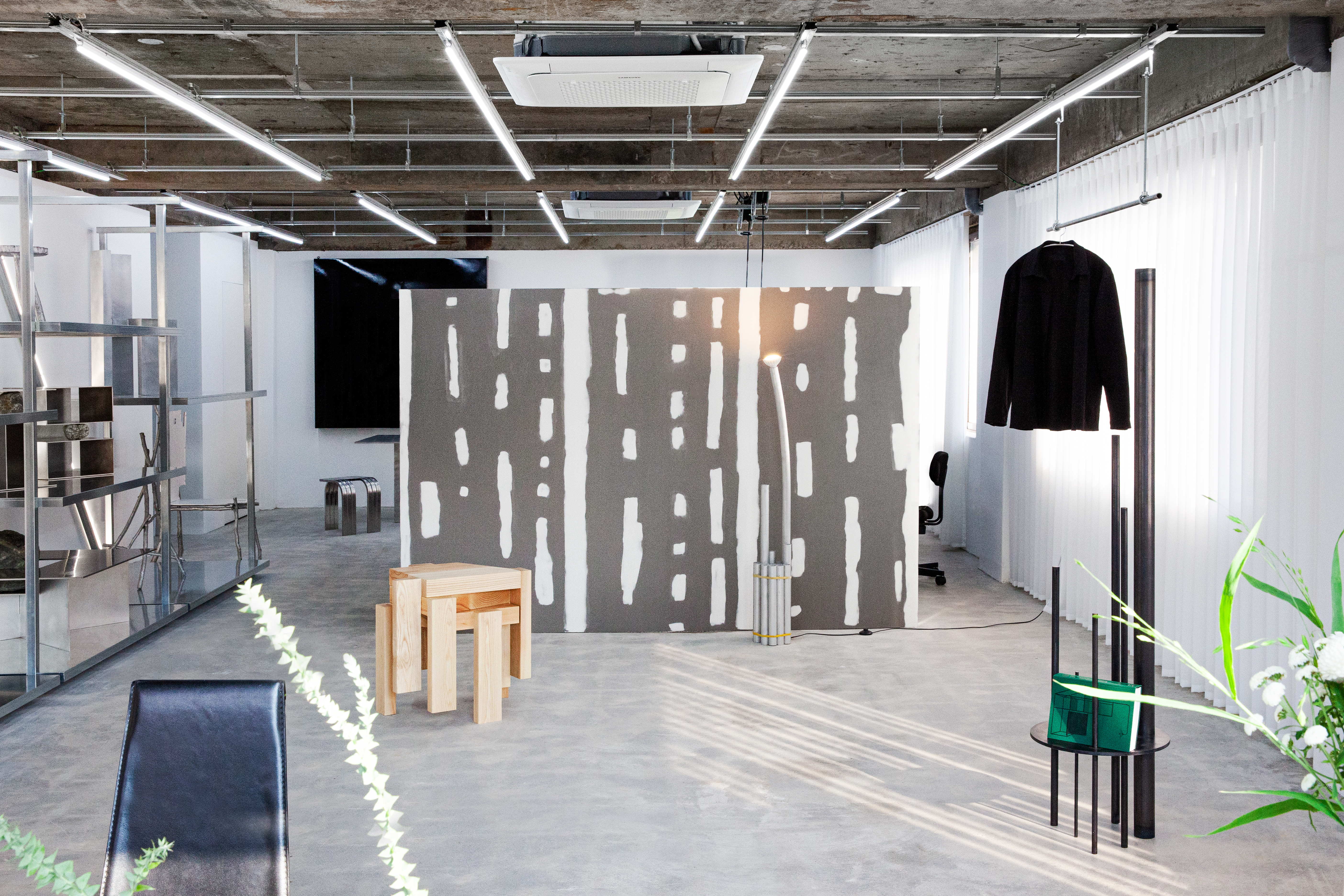
Korean Design and the Cross-Disciplinary Revolution
Curator Sandy Park encapsulates it best when she describes Korean design as a space of constant transformation, where creative boundaries shift like sand. Modern Korean design operates like a high-speed blender of ideas—where architecture collides with product design, digital technologies meet traditional craft, and the result is something entirely fresh, dynamic, and deeply resonant.
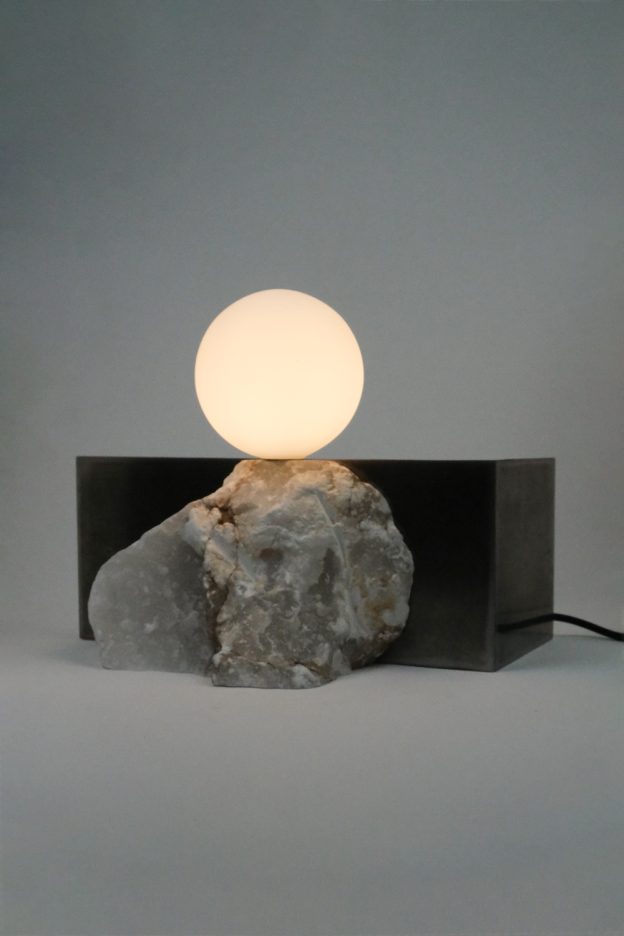

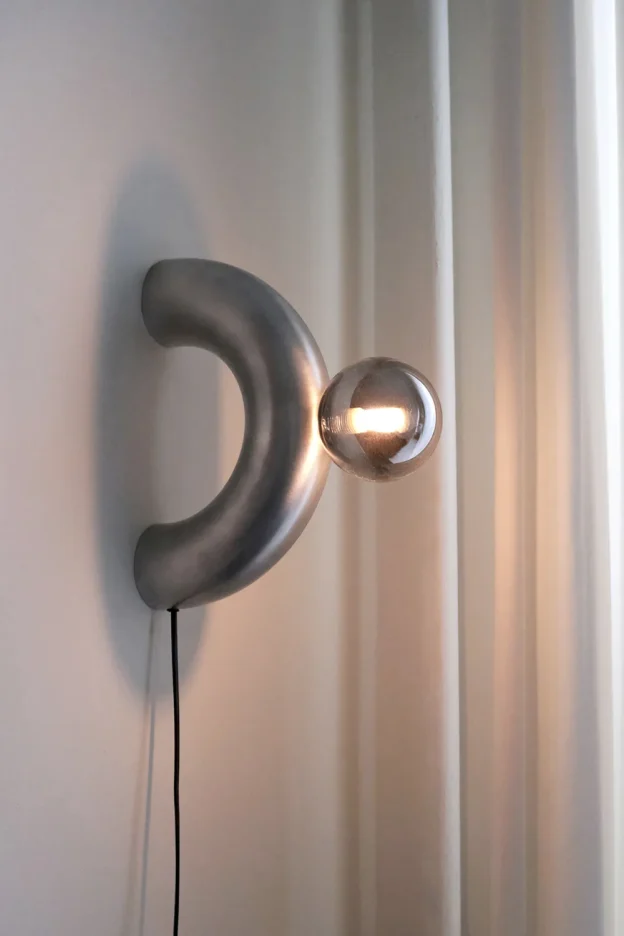

The New Design DNA
“There is a dynamic and diverse cross-section of contemporary design spanning across various disciplines,” Park observes, pointing to what she calls “a constant shift and transformative nature in the design community.” Consider BDCI, a studio nestled beside Seoul’s ancient Gyeongbokgung Palace, yet focused on pushing the boundaries of technological innovation. Their work exemplifies this transformative nature—seamlessly integrating digital and physical design methodologies while maintaining an emotional resonance that bridges art and functionality.
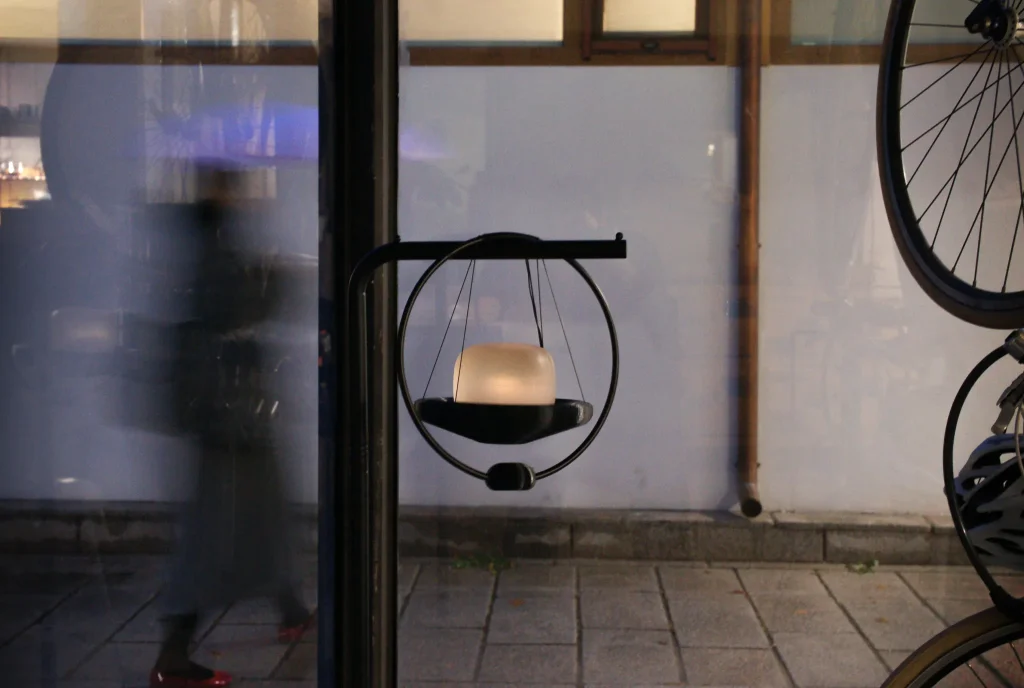

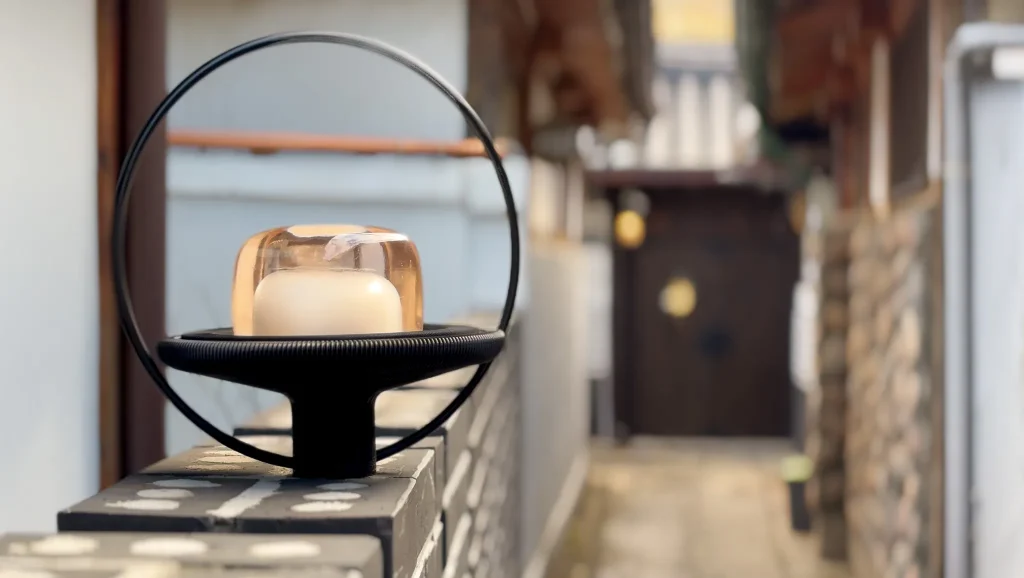

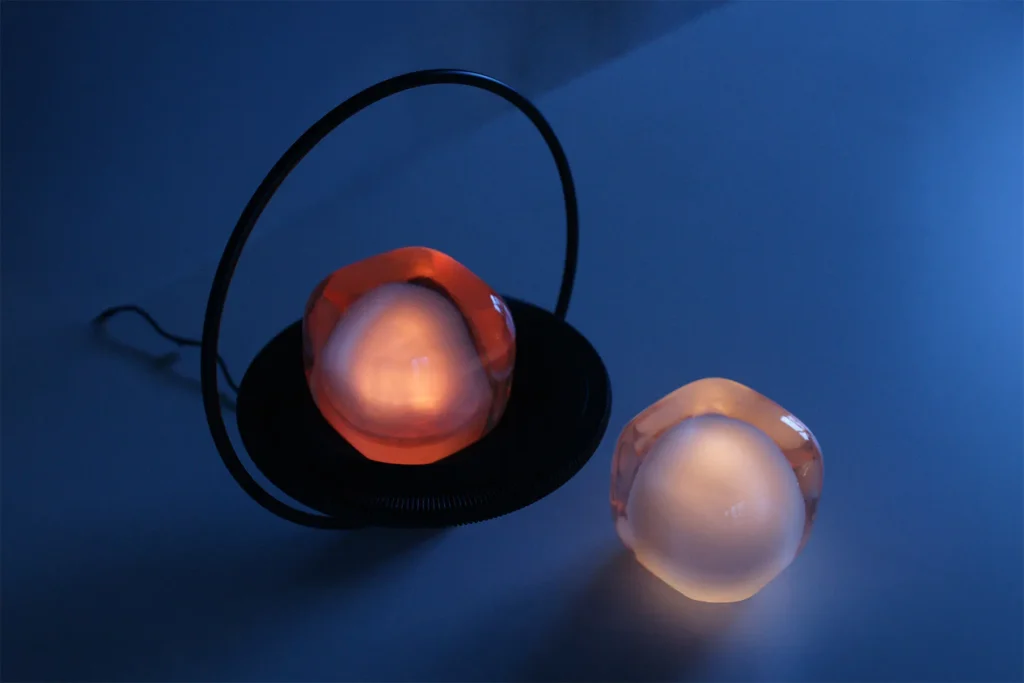

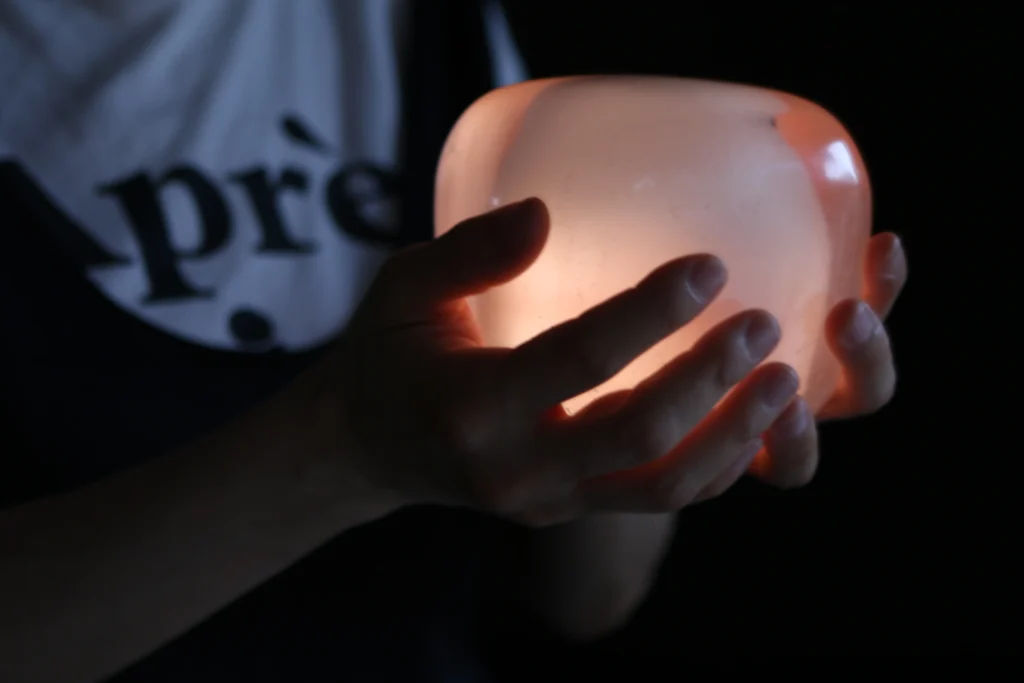

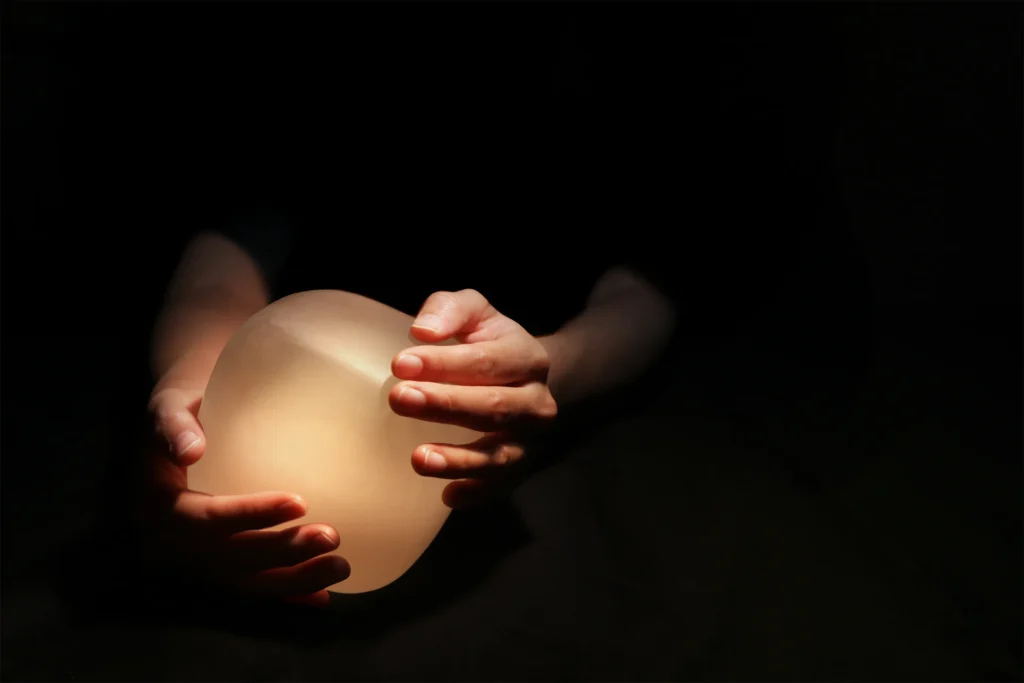

Oneseo Choi takes a similarly experimental approach, delving into industrial materials and manufacturing processes to uncover unexpected beauty in functional objects. His designs challenge traditional notions of utility, building narratives that invite us to rethink our relationship with everyday materials. Meanwhile, Greem Jeong bridges the traditional and the modern, combining Korea’s centuries-old mother-of-pearl inlay techniques with cutting-edge 3D printing to create designs that defy categorization.
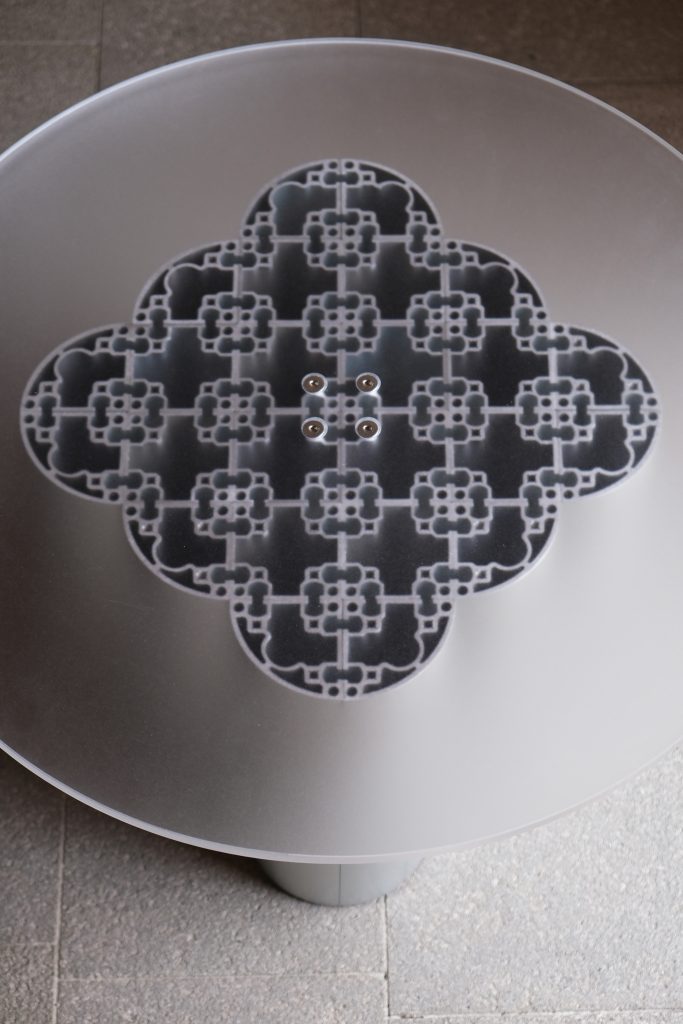



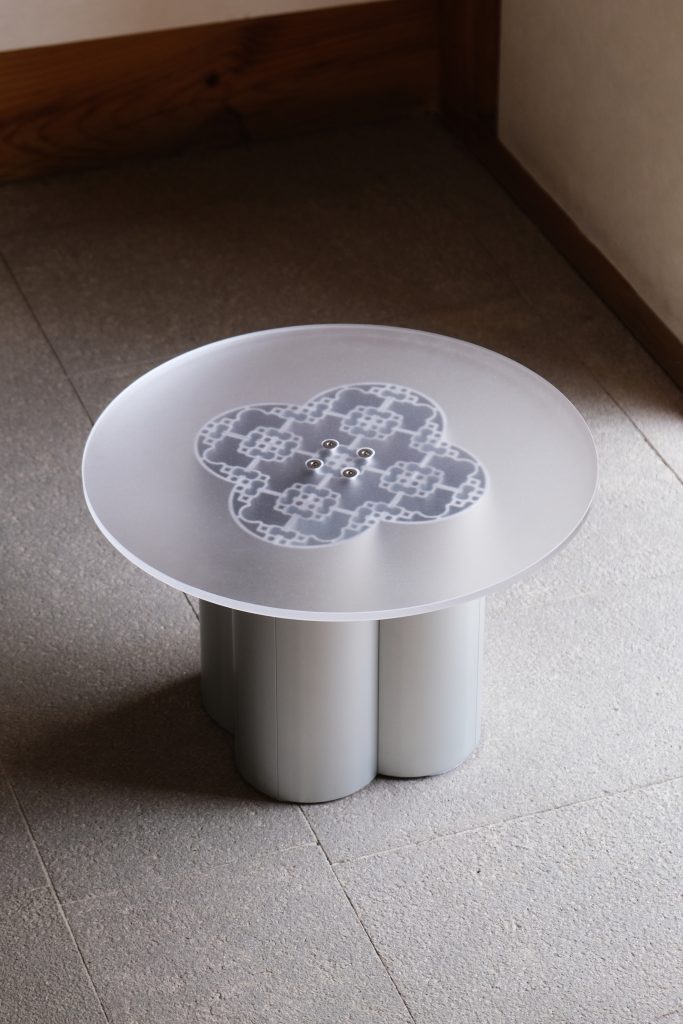

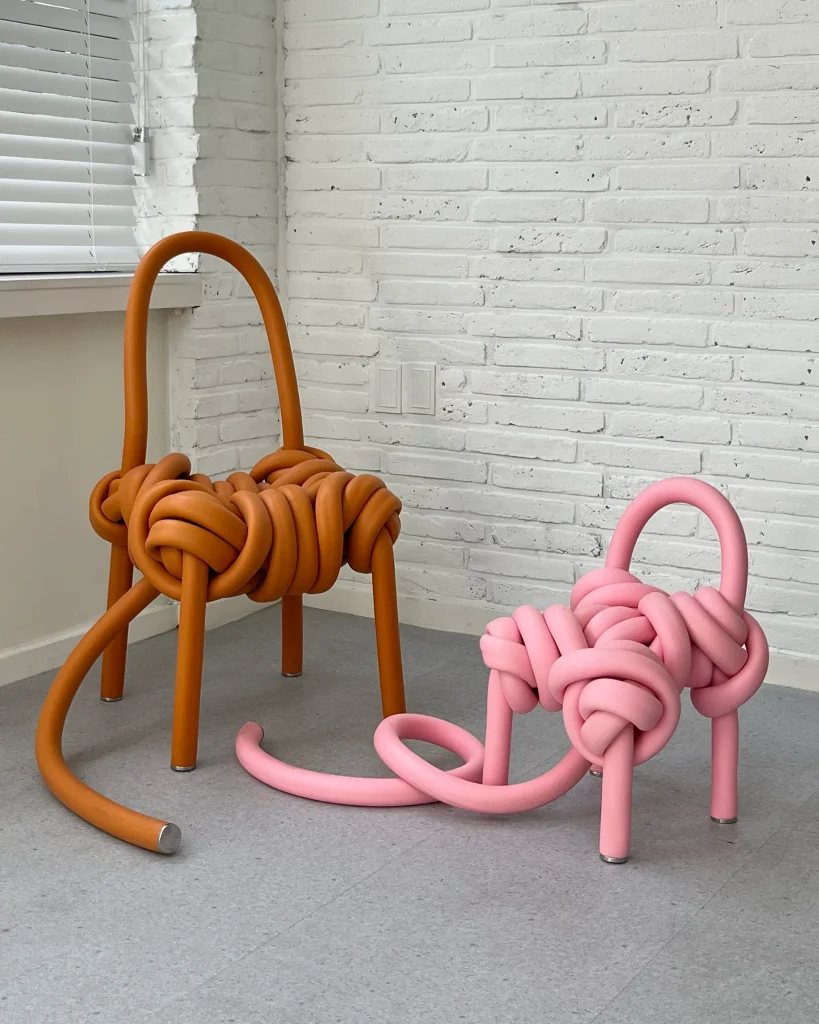

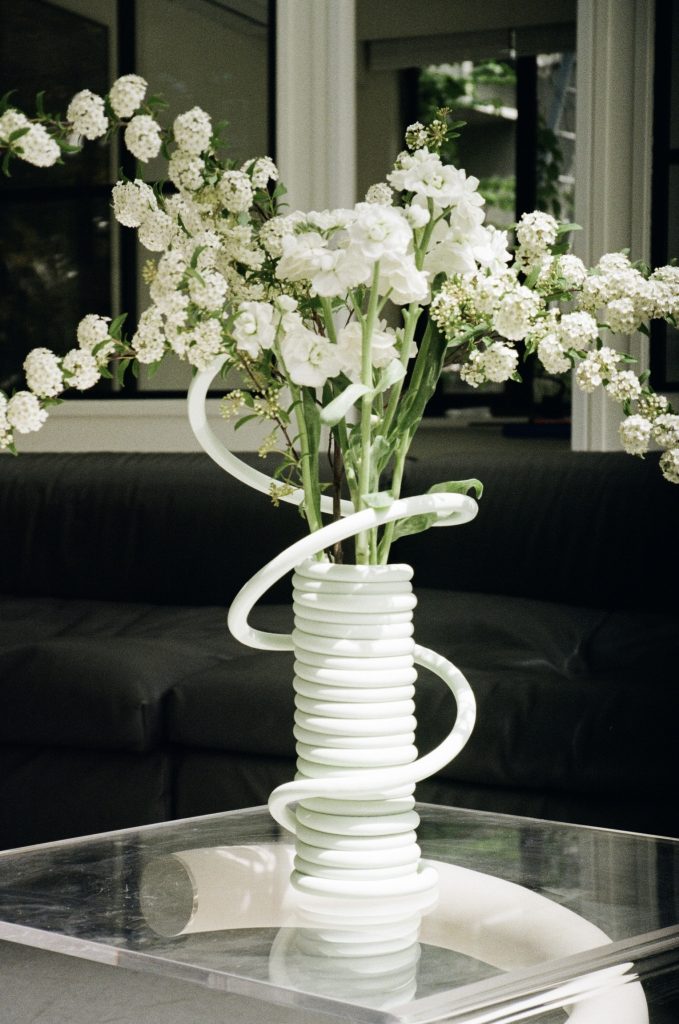

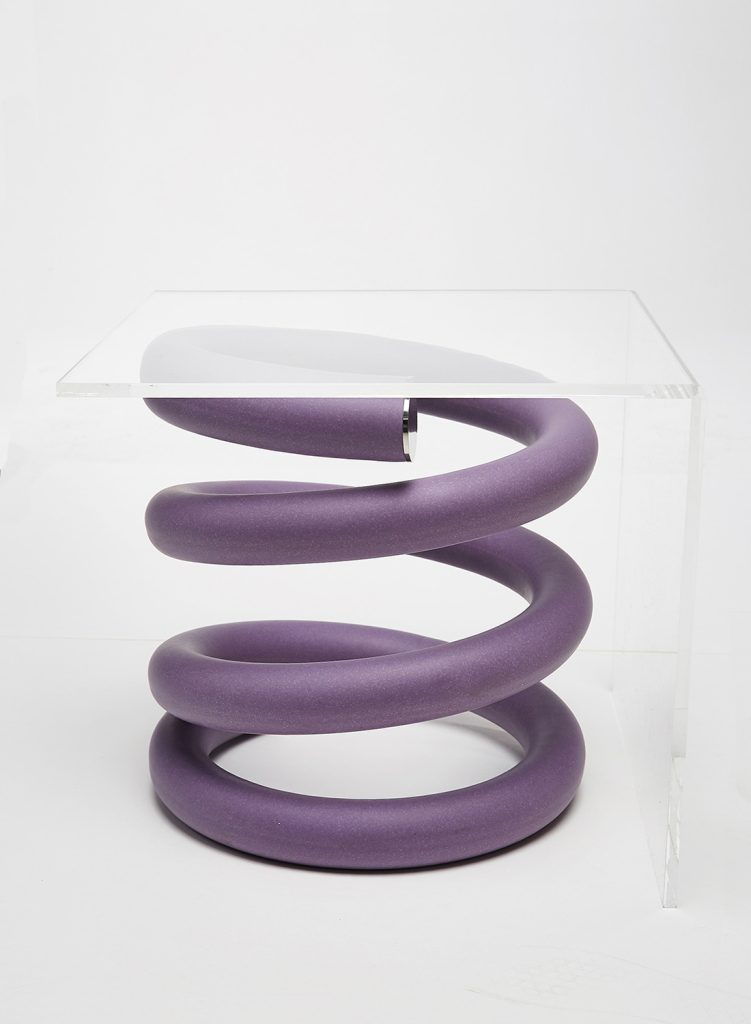

Old Meets New in South Korean Design
Park’s curatorial eye has zeroed in on something fascinating: “The design community in Korea is characterized by a fluid exchange between past and present, where old traditions are reinterpreted through modern lenses.”
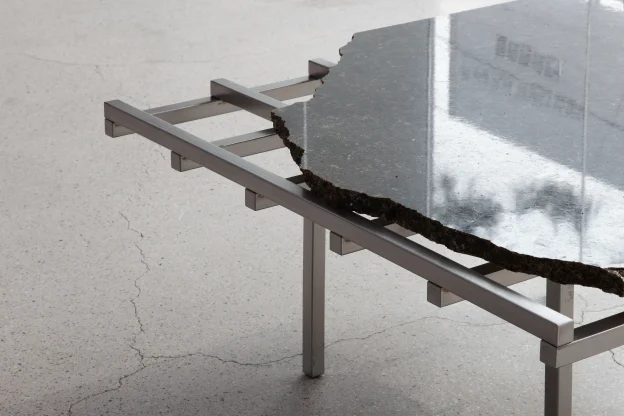

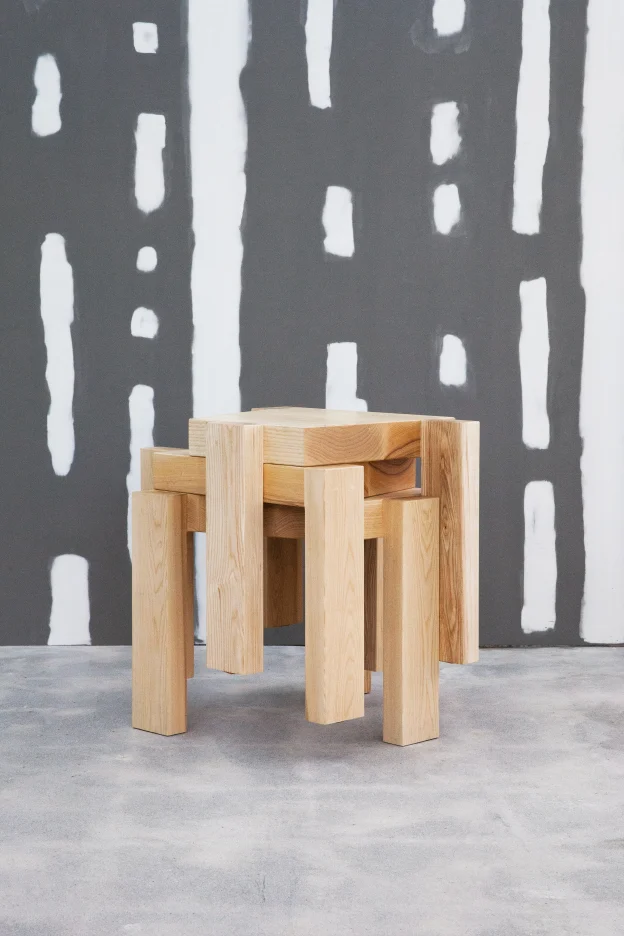

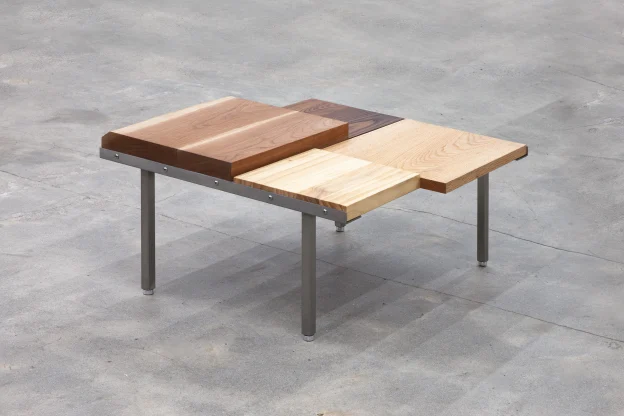

PRACTICE embodies this fusion perfectly. Founded by Seohu Ahn and Sisan Lee, they balance sculptural expression with functionality, transforming everyday materials into designs that feel both familiar and revolutionary. Their work proves you can respect the past without being stuck in it. Similarly, Woohyun Han’s hand-carved wood pieces reimagine the natural world through a distinctly modern lens, offering a poetic take on timeless craftsmanship.
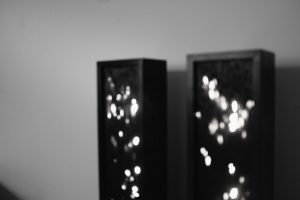

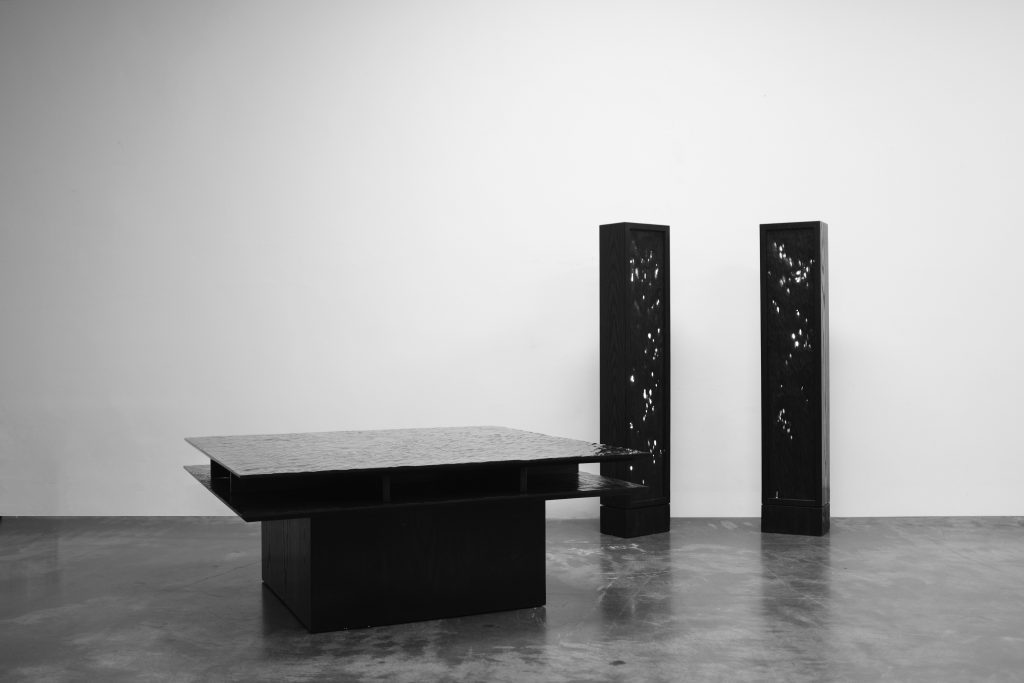

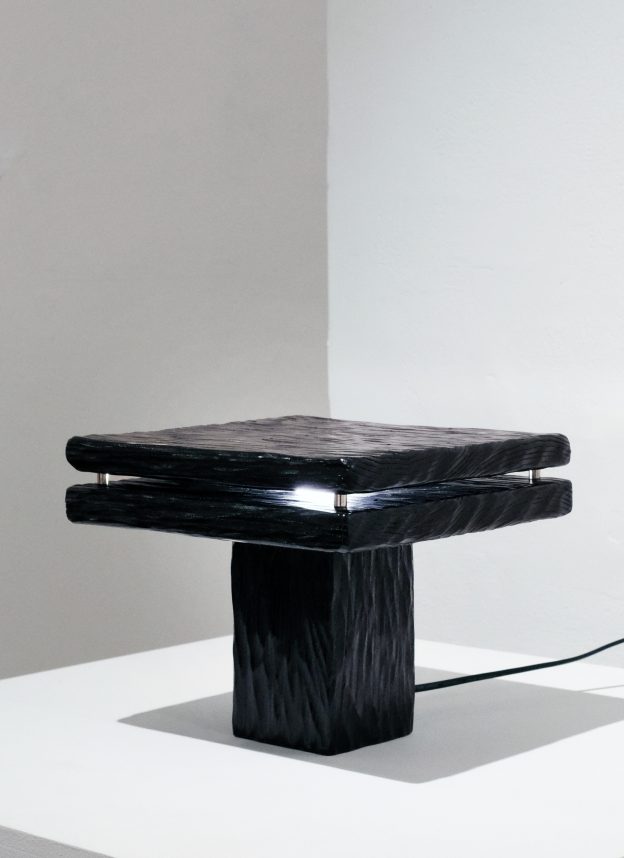

The Material Revolution in South Korean Design
Korean designers are rewriting the material playbook, embracing sustainability and resourcefulness over conventional luxury. “The focus on recycled plastics, concrete, and metals signals a movement toward democratizing design,” Park explains. This shift highlights a new definition of design—one that values creativity, environmental consciousness, and ingenuity above all. Bureau.parso, led by Teo Rhe and Sheyang Li, transforms overlooked materials into striking works of art. Their Aluminum Veneer series, crafted from recycled industrial aluminum, reveals the hidden beauty of humble materials, proving that good design isn’t about precious materials—it’s about precious ideas. WKND Lab takes this further, creating material-driven narratives that challenge us to think differently about environmental and cultural consciousness.
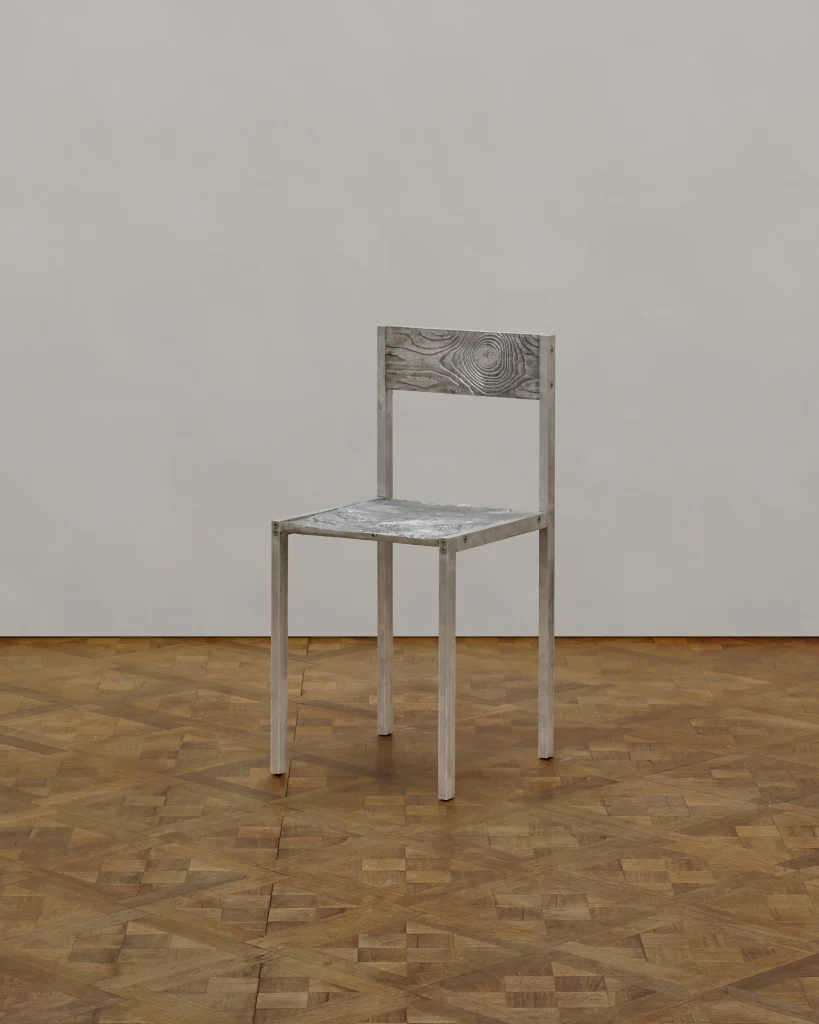

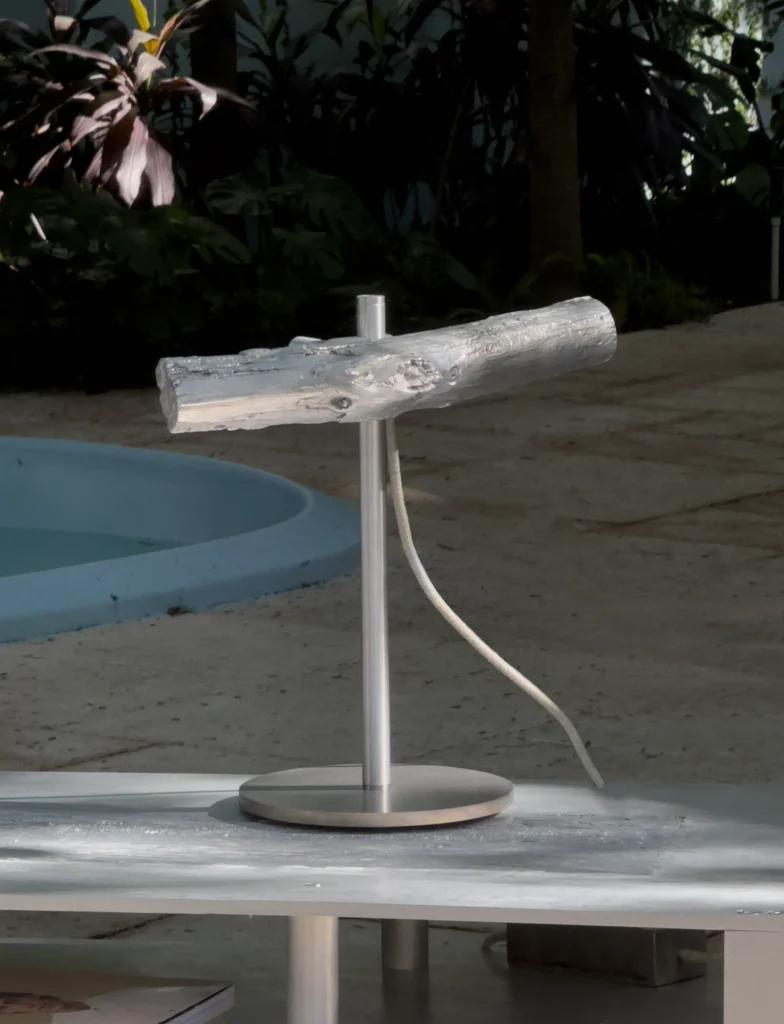

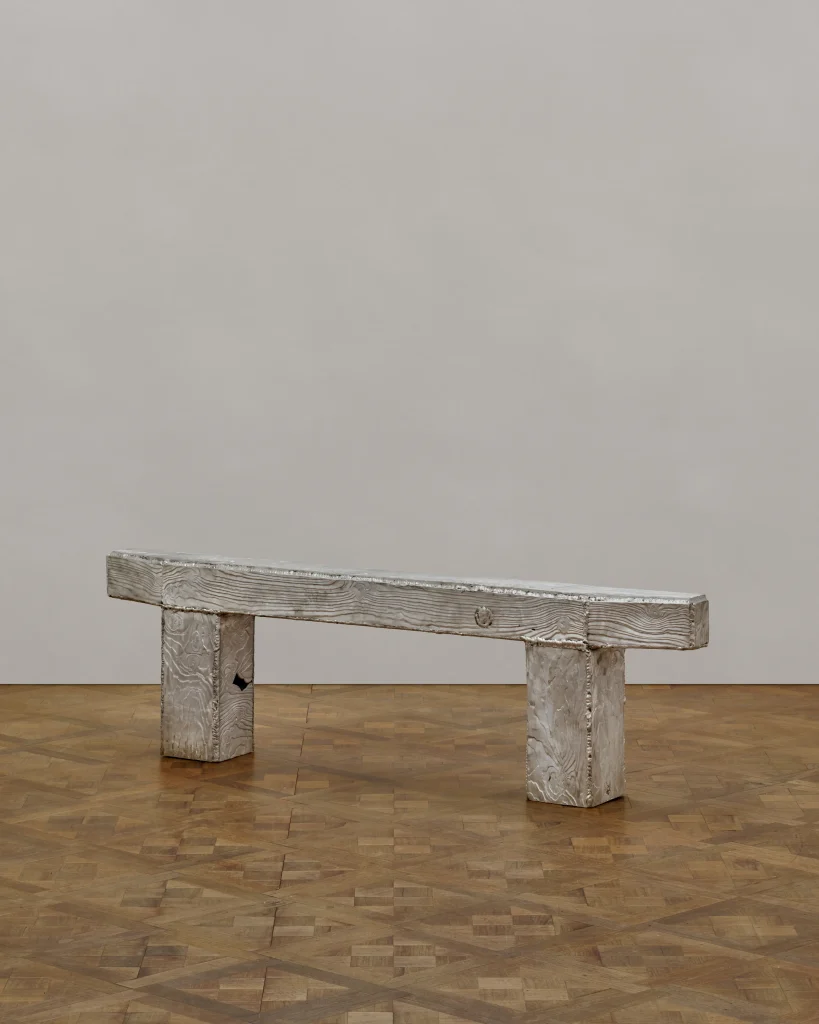







The South Korean Generational Remix
The Korean design scene thrives on a generational dialogue where tradition and innovation coexist, building a vibrant ecosystem of creative exchange. “This isn’t about old school versus new school,” Park explains. “It’s about all schools teaching each other new tricks.” Atelier SOHN exemplifies this exchange, blending traditional material knowledge with bold contemporary applications, honoring time-honored techniques in fresh, imaginative ways.
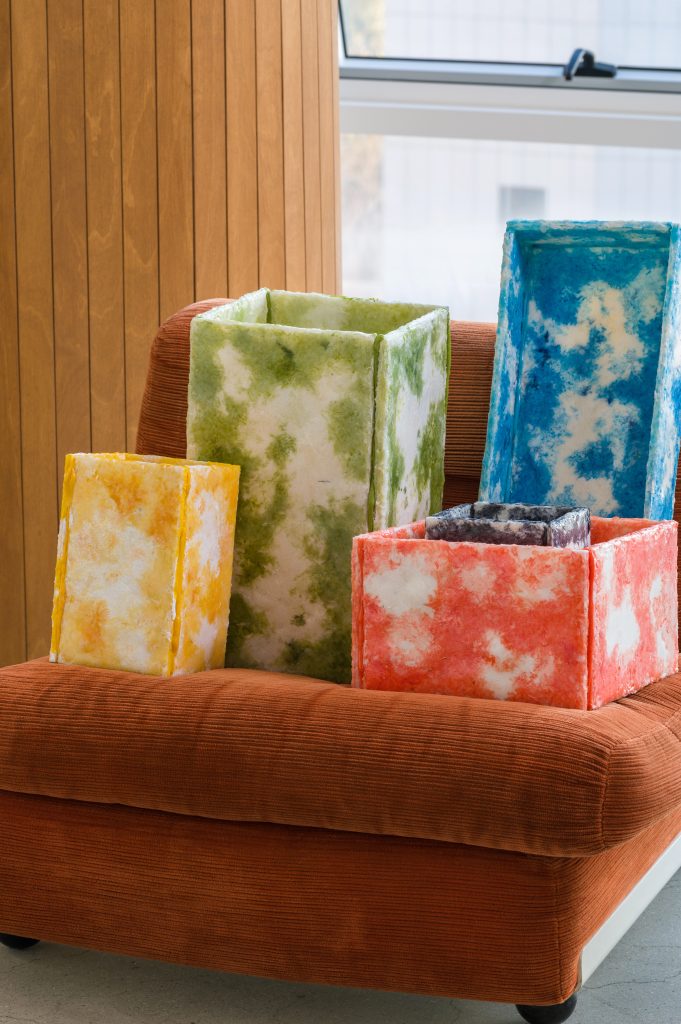

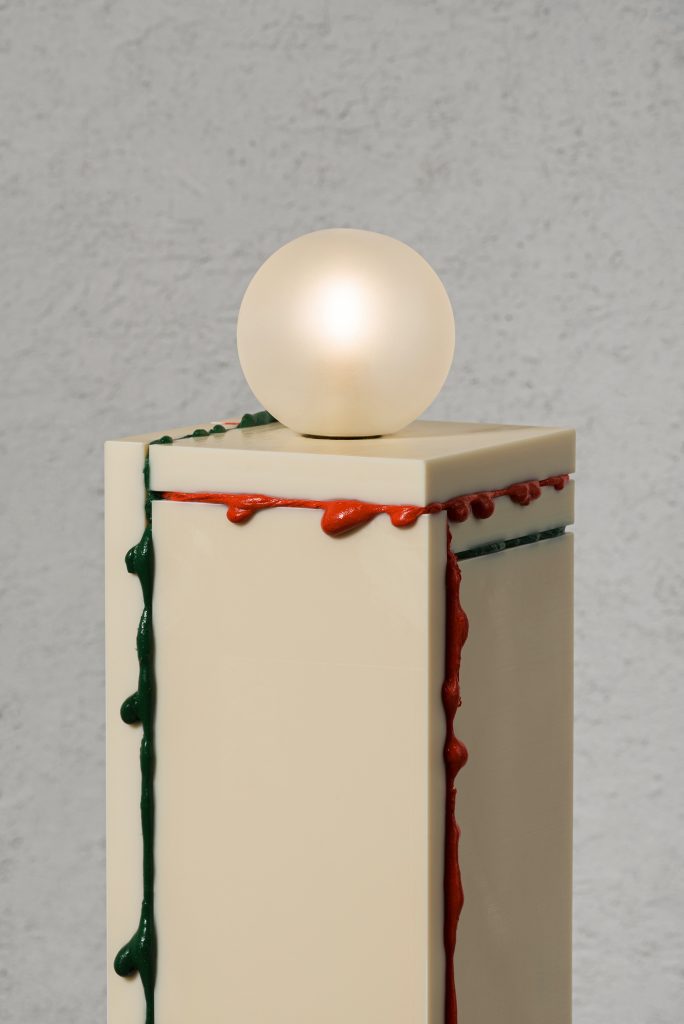

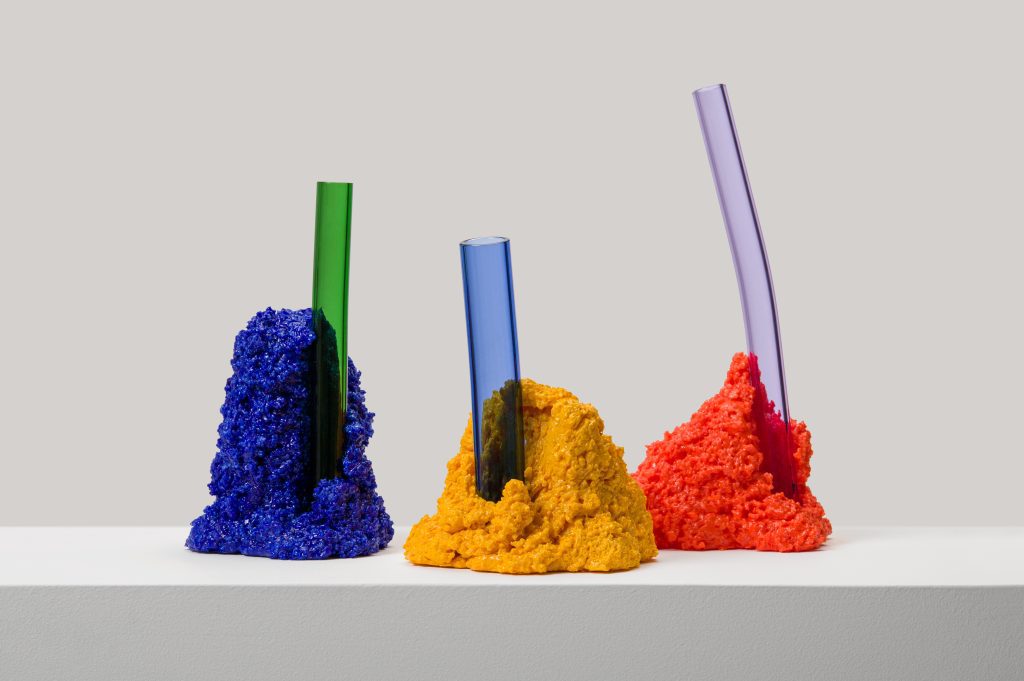

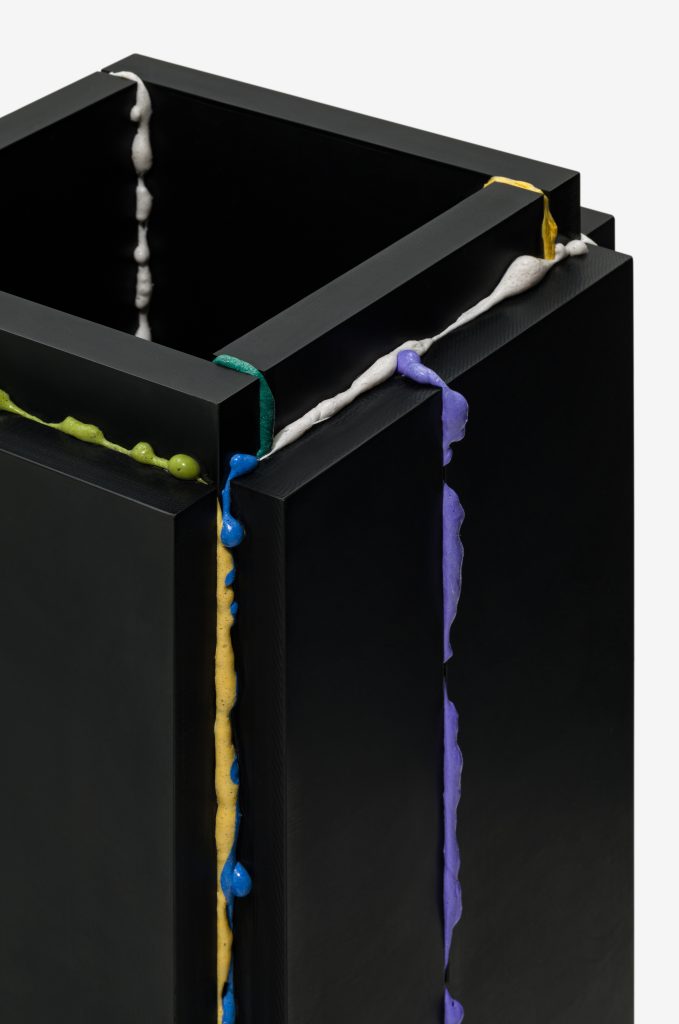

Why It Matters
This isn’t just design evolution—it’s design revolution. Through Park’s curatorial lens, we see Korean designers demonstrating the extraordinary possibilities that emerge when creative practices remain unbounded. They’re proving that the future of design isn’t about choosing between tradition and innovation, craft and technology, or form and function. It’s about embracing the full spectrum of creative possibility.
What makes this moment particularly exciting is the unprecedented access to tools, technologies, and knowledge that enables designers to traverse traditional boundaries. Today’s designers can move fluidly between disciplines, supported by communities that celebrate this versatility. The Korean design scene shows us that when we remove artificial constraints from creative practice, we don’t just get better design—we get entirely new ways of thinking about what design can be.
-

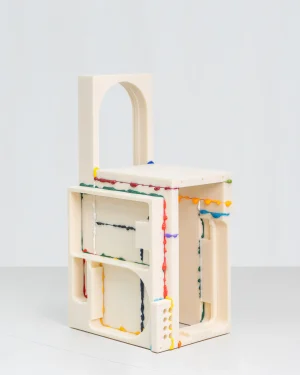 B. S. P Series “the Original”€7.750
B. S. P Series “the Original”€7.750 -

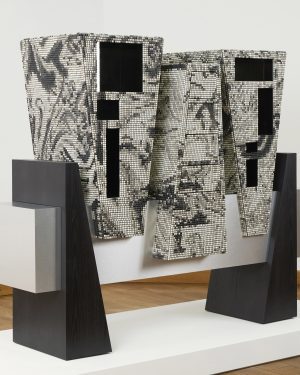 Ceramic Nacre – Mosaic Tile Drawers€0
Ceramic Nacre – Mosaic Tile Drawers€0 -

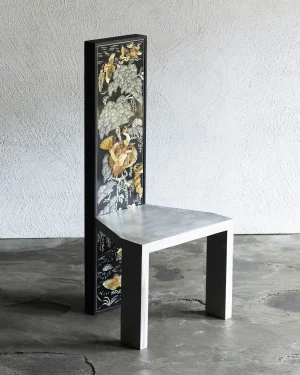 Narrative 001 – Stainless Steel / Wood Chair€10.000 incl. tax
Narrative 001 – Stainless Steel / Wood Chair€10.000 incl. tax -

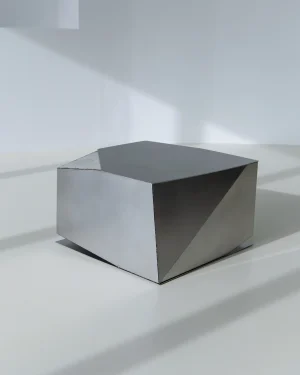 Objects Of Function No.2401 – Stainless Steel Coffee Table€3.188 incl. tax
Objects Of Function No.2401 – Stainless Steel Coffee Table€3.188 incl. tax -

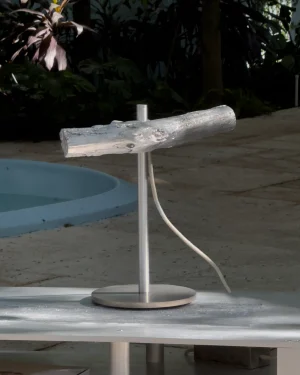 Aluminum Veneer Lamp€1.750 incl. tax
Aluminum Veneer Lamp€1.750 incl. tax -

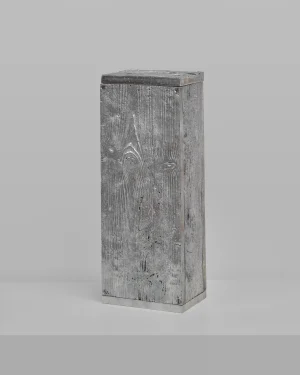 Aluminum Veneer Vase€675 incl. tax
Aluminum Veneer Vase€675 incl. tax -

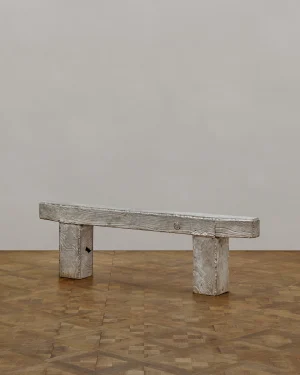 Aluminum Veneer Bench€4.750 incl. tax
Aluminum Veneer Bench€4.750 incl. tax -

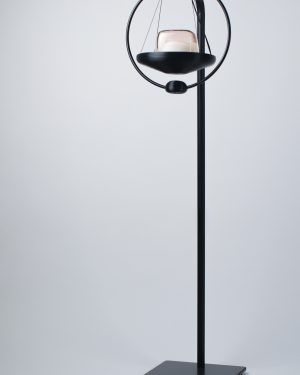 Lullaby And Hygge Hanging – Wireless Resin Lighting€1.750 incl. tax
Lullaby And Hygge Hanging – Wireless Resin Lighting€1.750 incl. tax -

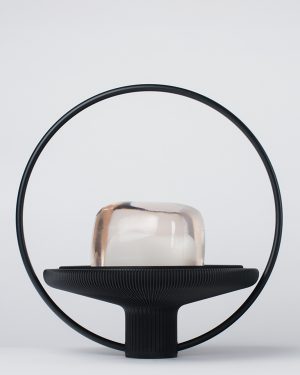 Lullaby And Hygge Standing – Wireless Resin Lighting€1.938 incl. tax
Lullaby And Hygge Standing – Wireless Resin Lighting€1.938 incl. tax -

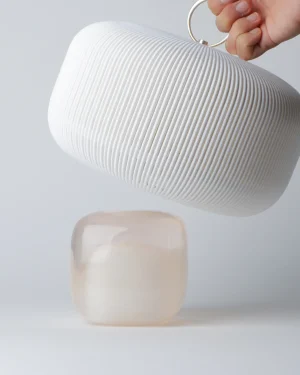 Lullaby And Promenade Low – Wireless Resin Lighting€2.750 incl. tax
Lullaby And Promenade Low – Wireless Resin Lighting€2.750 incl. tax -

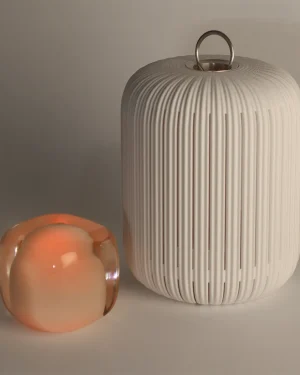 Lullaby And Promenade High – Wireless Resin Lighting€2.750 incl. tax
Lullaby And Promenade High – Wireless Resin Lighting€2.750 incl. tax -

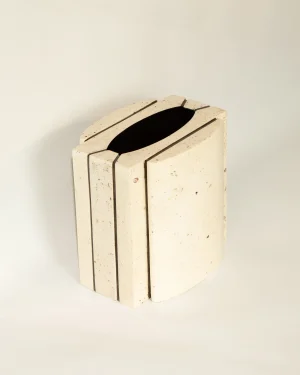 Hui Vase – Recycled Oyster Shells€513 – €825 incl. tax
Hui Vase – Recycled Oyster Shells€513 – €825 incl. tax -

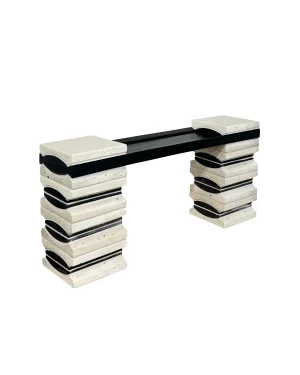 Hui Shelf – Stackable Units€1.375 incl. tax
Hui Shelf – Stackable Units€1.375 incl. tax -

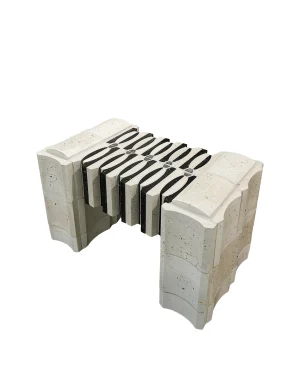 Hui Bench – Recycled Oyster Shells€4.500 incl. tax
Hui Bench – Recycled Oyster Shells€4.500 incl. tax -

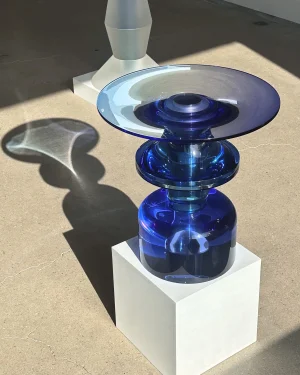 A Piece Of One Day_pray 02 – Acrylic Side Table€13.038
A Piece Of One Day_pray 02 – Acrylic Side Table€13.038 -

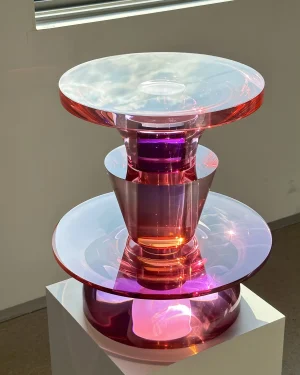 A Piece Of One Day_pray 03 – Acrylic Side Table€13.038
A Piece Of One Day_pray 03 – Acrylic Side Table€13.038
